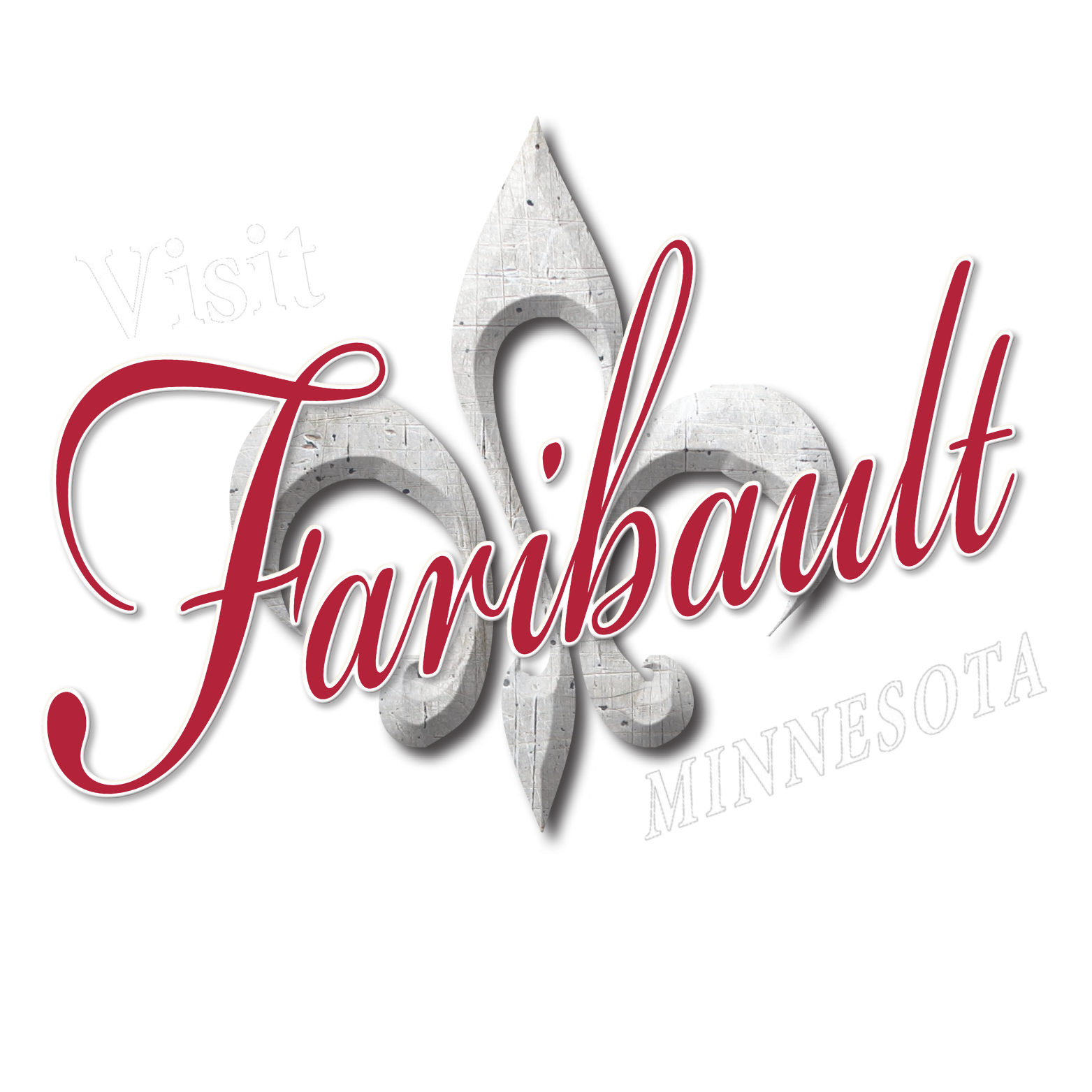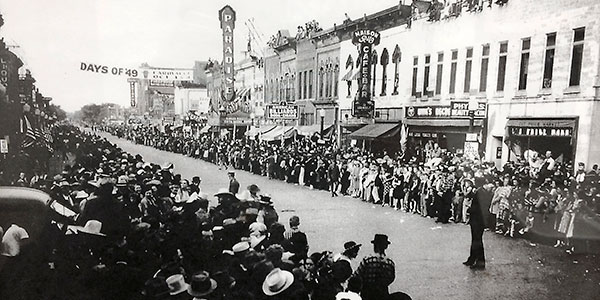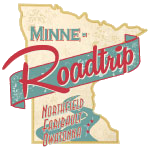History of Faribault
Our city is built along the banks of the Straight and Cannon Rivers, two tributaries that played a vital role in the city’s early development. It was the opportunity to fur trade with the Dakota Sioux Indians living along these rivers that brought Alexander Faribault, the city’s French Canadian founder, to this area in 1826.
Faribault holds on to its history with pride. You can see it in the well-kept businesses in the downtown. Faribault has more buildings on the National Historic Register than any other city its size in Minnesota, in fact Faribault is second only to the Capitol city of St. Paul, MN for that distinction.






